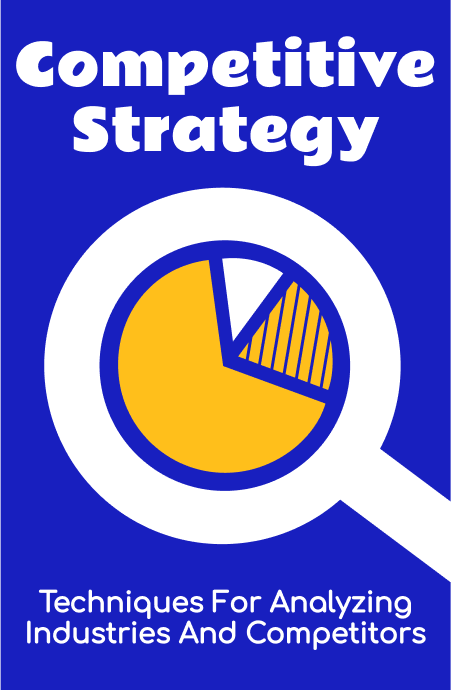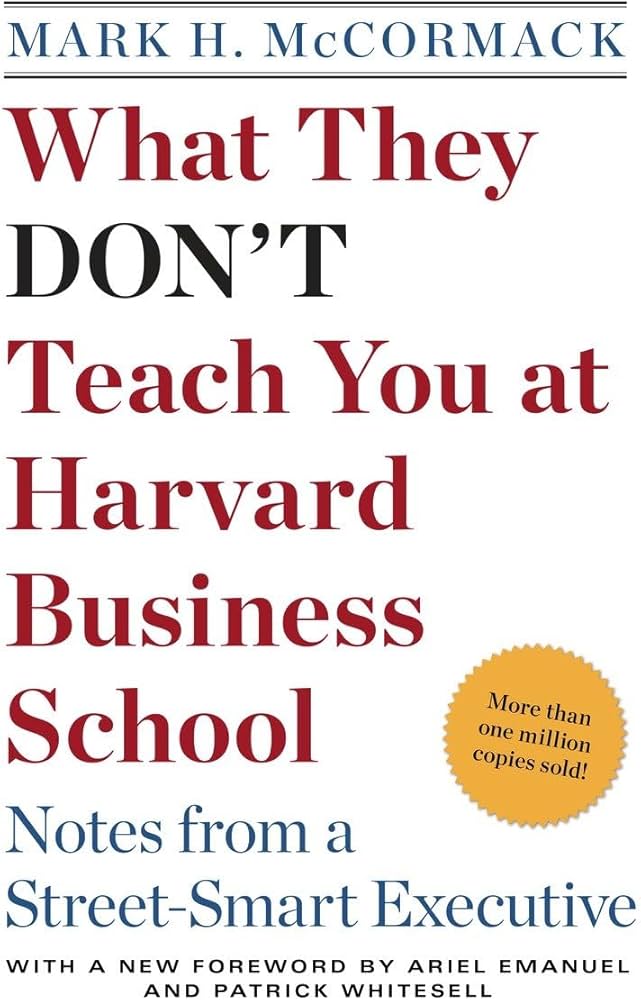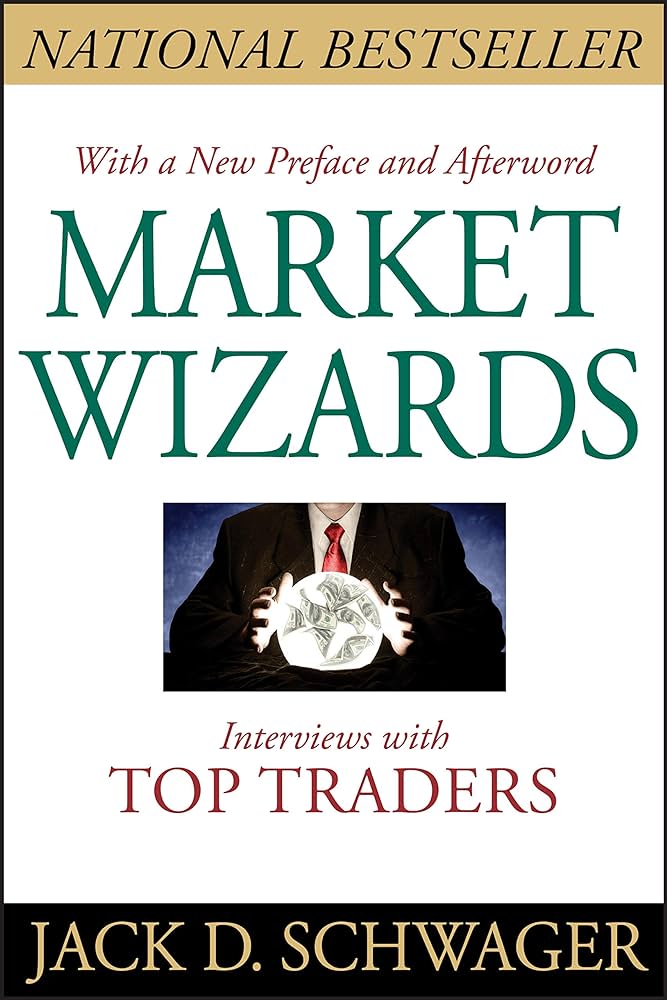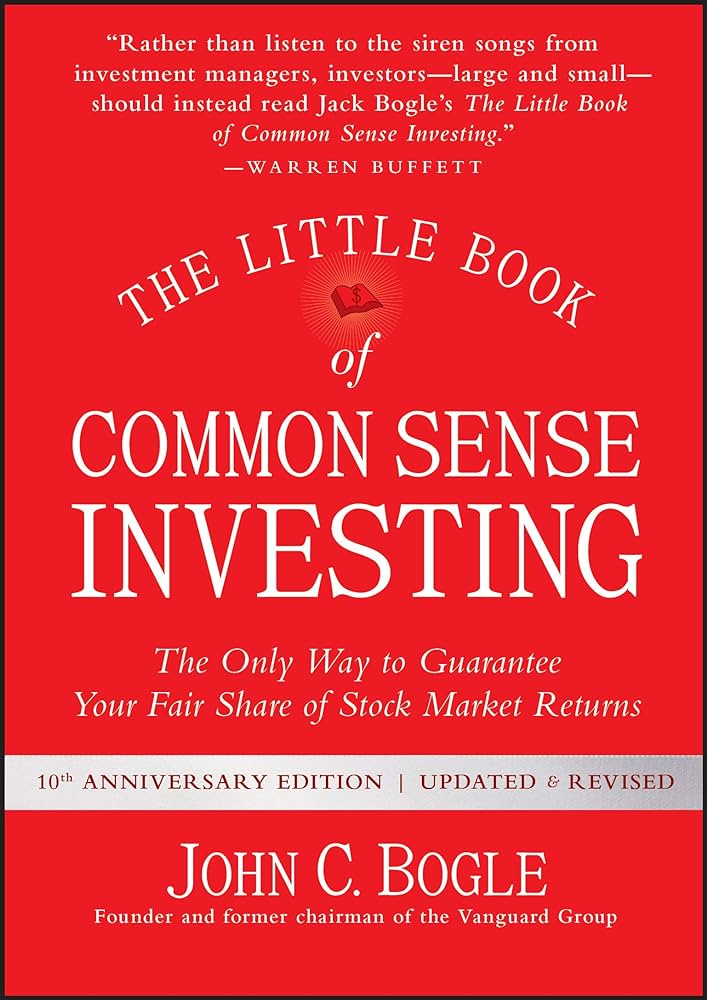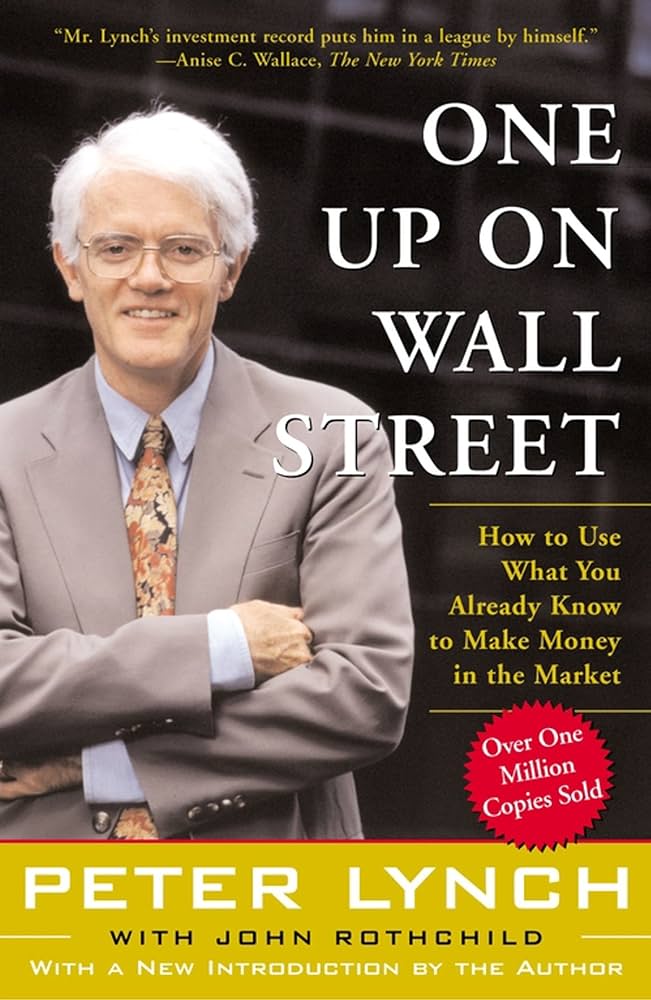Lesson 1- What is a Competitive Strategy?
A competitive strategy is important for every firm in the industry. This strategy may have been developed explicitly through a planning process or it may have evolved implicitly through the activities of the various functional departments of the firm. Developing a competitive strategy is developing a broad formula for how a business is going to compete, what its goals should be, and what policies will be needed to carry out those goals.
The essence of formulating a competitive strategy is relating a company to its environment. Industry structure has a strong influence in determining the competitive rules of the game as well as the strategies potentially available to the firm. The competition in an industry is rooted in its underlying economic structure and goes well beyond the behaviour of current competitors. The state of competition in an industry depends on five basic competitive forces-
- Bargaining power of suppliers.
- Bargaining power of buyers.
- The threat of new entrants.
- The threat of substitute products or services.
- Rivalry among existing firms.
The collective strength of these forces determines the profit potential in the industry. The goal of competitive strategy for a business unit in an industry is to find a position in the industry where the company can best defend itself against these competitive forces or can influence them in its favour. Since the collective strength of the forces may be apparent to all competitors, the key, therefore, for developing an effective strategy is to delve below the apparent and obvious implications and to analyse the sources of each. Knowledge of these underlying sources of competitive pressure highlights the critical strengths and weaknesses of the company.
The strength of the competitive forces in an industry determines the degree to which this inflow of investment occurs and drives the return to the free market level, and thus the ability of firms to sustain above-average returns. Once the forces affecting competition in an industry and their underlying causes have been diagnosed, the firm is in a position to identify its strengths and weaknesses relative to the industry. An effective competitive strategy takes offensive or defense measures to create a defendable position against the five competitive forces.
Structural analysis can be used to predict the eventual profitability of an industry. In long-range planning, the task is to examine each competitive force, forecast the magnitude of each underlying cause, and then construct a composite picture of the probable profit potential of the industry. We shall look into the
Unlock Knowledge with Wizdom App
Explore a world of insights and wisdom at your fingertips with the Wizdom app.
 1 Million+ App Download
1 Million+ App Download  4.9App Store Rating
4.9App Store Rating 5000+Summaries & Podcasts
5000+Summaries & Podcasts
